/The Best Amazon Inventory Management Solutions (2024 Edition)
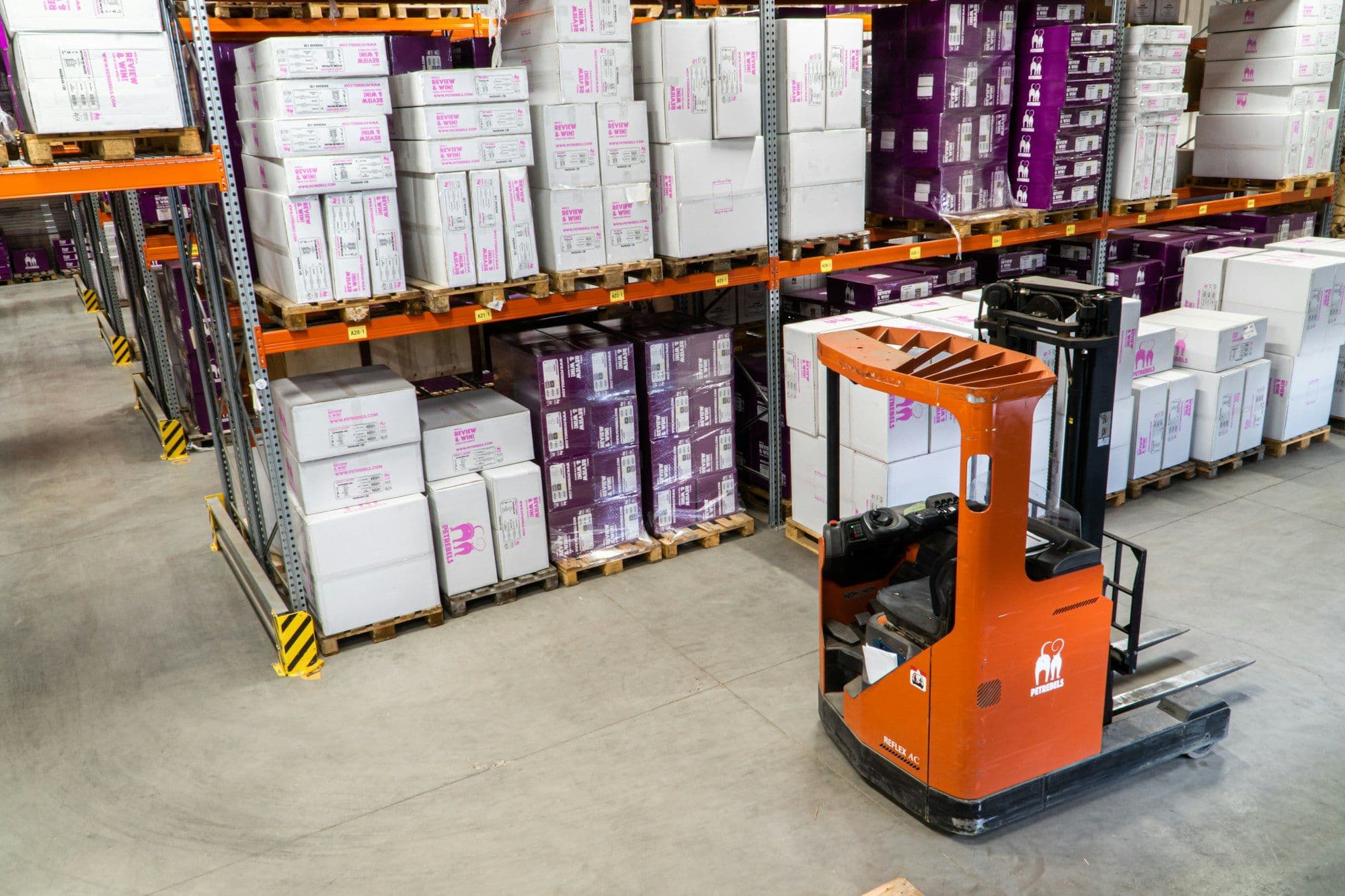
The Best Amazon Inventory Management Solutions (2024 Edition)
Some may call it ‘inventory management.’ Others may call it ‘organized chaos.’ Some may refer to it as anything in between. At the end of the day, managing your Amazon business’s inventory is an imperative element in the success of your business. Neglecting or completely disregarding the management of inventory can be costly and severe to your financial health as well as your account’s health. In this article, we’ll discuss the basics of Amazon inventory management, why it is so important, as well as some of the tools that may best help your inventory management needs.
What is Inventory Management for Amazon?
At the basic level, Amazon inventory management is the accounting, forecasting, and general management of your Amazon business’s inventory. Proper and organized management of inventory is arguably the most imperative aspect of managing a retail business.
Inventory levels fluctuate daily, in real time. Sales, returns, exchanges, product replenishment, and even theft and damage will affect inventory levels. Maintaining tight control over inventory levels becomes more and more challenging as your business scales, leading many entrepreneurs to shift to a dedicated inventory management software.
Why is Amazon Inventory Management so important?
Before we discuss what makes Amazon inventory management important, let’s first discuss the consequences of not managing your inventory. The breadth of consequences and inefficiencies reaches wide, affecting many aspects of the business simultaneously. It is also important to note that a “safe range” exists for proper inventory management practices. By “safe range,” we’re referring to the dangers of not having enough inventory in stock, as well as the dangers of carrying excess inventory.
If a business is under stocked or faces out of stock inventory on items, the biggest (and most obvious) risk is the opportunity cost of sales to your competitors. On the flip side of this, holding excess inventory can also be costly, in different ways. Below are some of the more common consequences of maintaining poor inventory management practices.
Opportunity Cost (Under stocked)
The first and likely most evident consequence of having low stock is the opportunity for competitors to win your sales. If your products were to sell out prematurely, your offer will go inactive; forfeiting any sales and your competitive positioning on the listing.
Excess Cost (Overstocked)
There is also a cost associated with holding excess inventory, in a few different forms. First, you will essentially have the value of the inventory tied up in inventory that isn’t selling; capital that could be deployed on listings that could sell days or weeks earlier. On top of that, if selling under Amazon’s FBA program, you may also risk racking up storage fees for any excess inventory that ends up sitting in the warehouse.
Inefficient Replenishment Ordering
Reordering inventory can be a relatively straightforward process, assuming there is a clean and consistent record of sell-through rates and inventory levels. This process becomes exponentially more complicated and time-consuming if inventory levels are never tracked. Diligent inventory management will dramatically ease the process of calculating reorders, and will also safeguard against ordering too much or too little inventory at a time.
Challenging Inventory Tracking
Tracking inventory is just as important as maintaining appropriate levels, and avoiding excess costs. This is especially the case with Amazon FBA sellers, whose inventory may be spread out between their own warehouses, Amazon’s warehouses, inbound to either warehouse, or en route from a supplier. Failure to properly account for inventory in different stages and places will end up costly, as storage fees will be accrued and warehouse real estate can become crowded.
Warehousing/Storage Issues
Further reinforcing the importance of tracking inventory, improper inventory tracking and management can result in a significant pileup of units in a certain warehouse or storage facility. Not only can this incur costs of storage, but can also clog up capacity for both other inventory as well as employee productivity. Maintaining optimal warehouse inventory levels will ensure your business runs efficiently with minimal costs.
Increased Delivery Times
The consequences of poor inventory management also reach the customer’s end as well, which can have a big impact on sales velocities. With out of stock and backordered listings, customers will be faced with significantly increased lead times and backorders. If delays in delivery times become consistent, it is likely that those customers will choose a different retailer with faster shipping times. Maintaining proper inventory levels will help ensure you can continue to offer the fastest shipping times possible, helping boost your Buy Box ownership, and ultimately, revenue.
What are the Top Amazon Inventory Management Tools?
There is no shortage of tools and platforms that facilitate inventory management for Amazon sellers. Here, we’ll take a look at some of the most notable softwares, and provide insight into which may be the best fit for your Amazon business.
ScanPower

ScanPower is a robust inventory management and shipment creation system—they've processed shipments of 95 million+ products so far. Even better, they've significantly reduced prep and pack errors by 40%.
If you're looking for a software that streamlines the process of sending and reconciling inbound shipments, managing FBA shipment splits, and printing various labels, you should strongly consider trying ScanPower.
RestockPro
RestockPro is the software I used while running my wholesale business. It creates data-driven forecasting recommendations so you know exactly how much to restock. It analyzes more than 70 data points to provide these insight suggestions.
If you're looking to avoid stockout, as you should, and maintain a healthy IPI score, give RestockPro a try.
Skubana
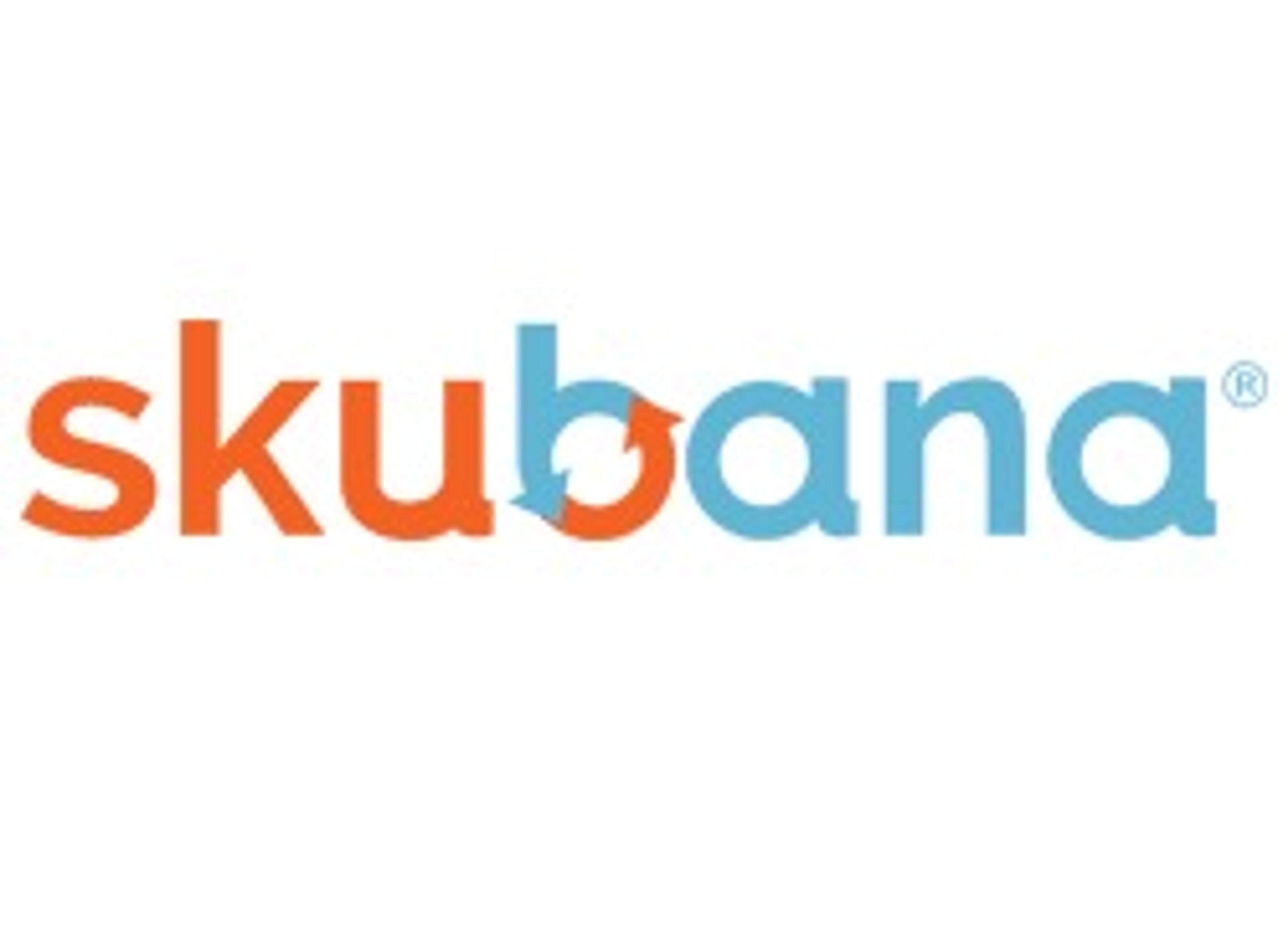
Skubana is regarded as one of the leaders of ecommerce operations and inventory management. Skubana offers extensive integrations into multichannel fulfillment with support for multiwarehouse management. The cloud-based app offers support for inventory management, order management, as well as order routing, accounting, and inventory valuation reports.
Cost: $999/month starting, with support for 1000 orders per month.
Sellbrite
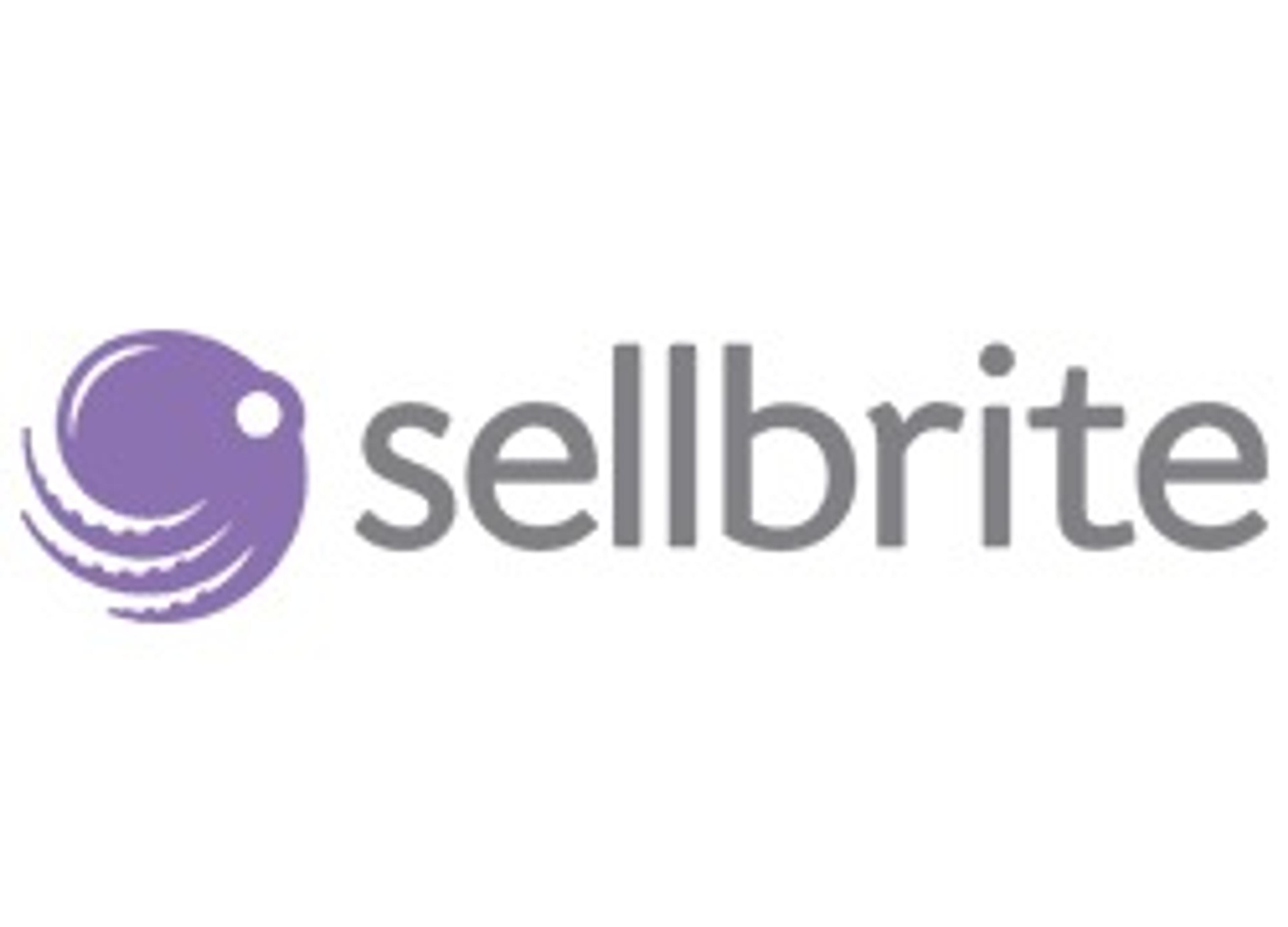
Sellbrite is a multi-channel platform with support for sales channels such as Amazon, Walmart, eBay, and BigCommerce, among others. Sellbrite is ideal for sellers who are selling on three or more platforms and want to scale their operations efficiently. Sellbrite also allows you to prevent stock-out and ensure your pricing set appropriately. Any changes in your inventory will be automatically updated in your listings in real time.
Cost: Starts at $0/month, with support for up to 30 orders per month
Orderhive
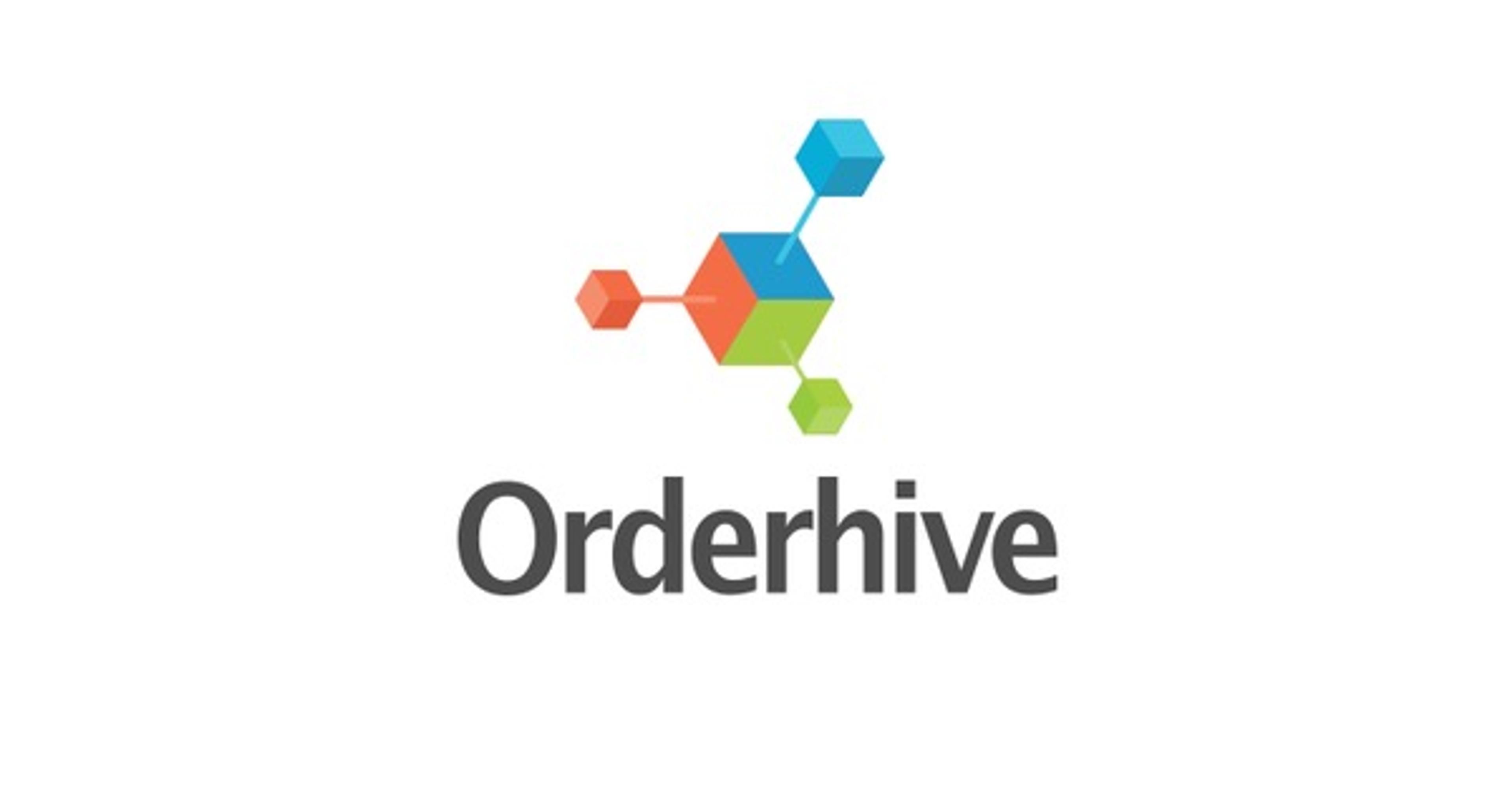
Orderhive is a simple inventory management and shipping software for retailers, with support for sales channels such as Amazon, eBay, Shopify, BigCommerce, QuickBooks Online, Etsy, and more. With Orderhive, retailers can manage inventory across multiple warehouses and locations seamlessly. The software integrates with leading shipping providers like USPS, UPS, and FedEx so you can check rates, print labels and track shipments within one interface.
Cost: $0/month for Shopify sellers, $44.99/month for multichannel support
Forecastly

Forecastly is a real time online platform that features a clear outlook of sales rankings, provides monthly inventory snapshots and offers inventory automation. Forecastly is built to optimize inventory management, and allows for easy stock level monitoring. Forecastly’s inventory management tool grants access to features such as advanced replenishment statistics, inbound shipment, account dashboard, and much more.
Cost: $80/month starting
Veeqo

Veeqo is a centralized inventory management system for retailers selling across multiple sales channels, including Amazon. With a user-friendly interface, Veeqo allows you to connect all your sales channels in one place and manage shipping labels, orders, and inventory from the single platform. On the inventory side, you can get better visibility of your stock and have granular control over the inventory operations.
Price: Starts at $60/month
Linnworks

Linnworks helps Amazon sellers automate sales management, order processing, inventory control, financial reporting, and shipment tracking. With Linnworks, you can integrate your online storefront and 3rd party platforms to unify your inventory updates. Once the orders are created, tracking information is automatically sent to proper channels through Linnworks. Using Linnworks allows you to operate your sales channels with maximum efficiency and save significant costs.
Cost: Not provided, but users are encouraged to book a demo
SoStocked
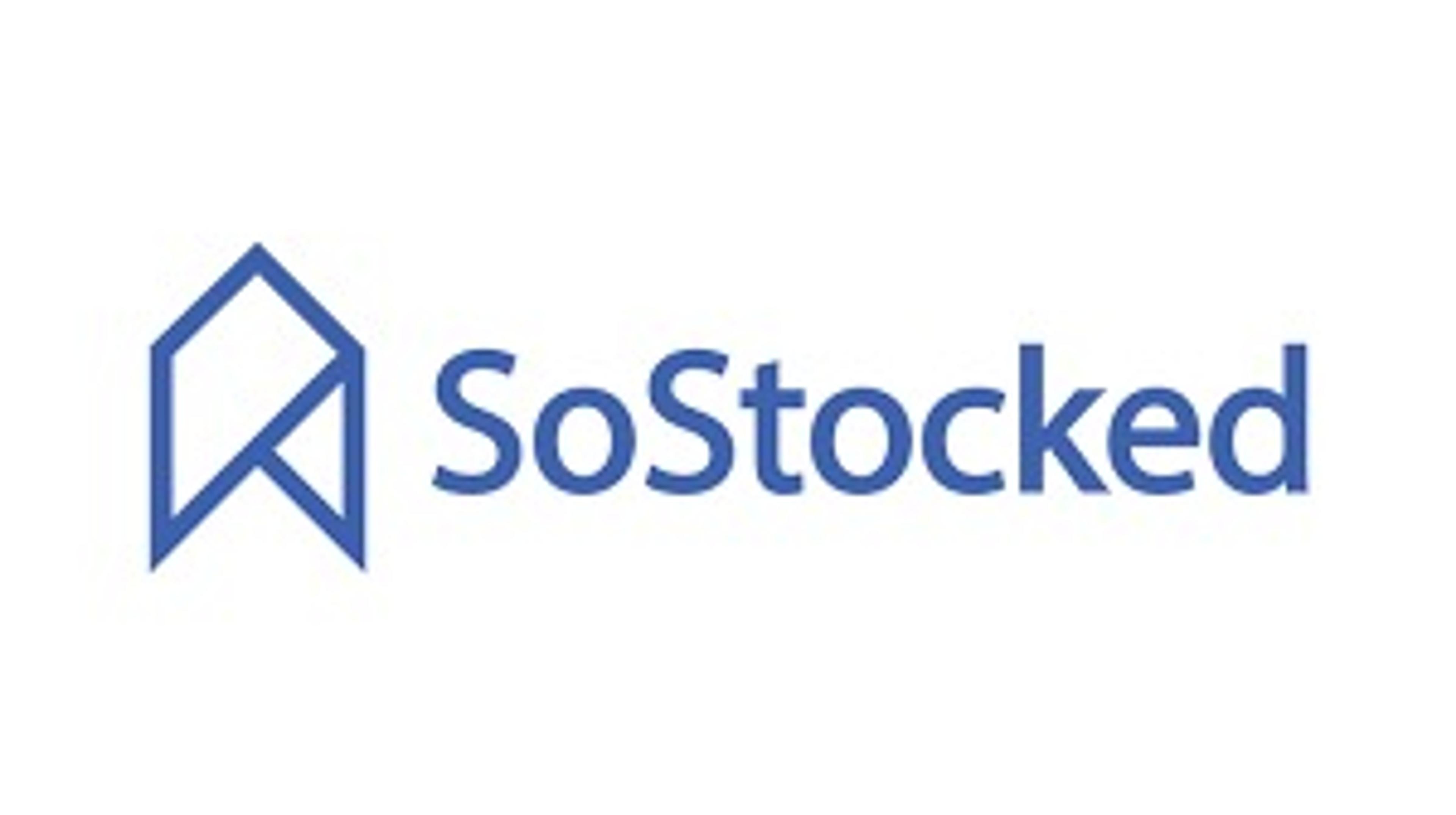
SoStocked is the first fully-customizable Amazon inventory management and forecasting platform. SoStocked will factor in past sales and seasonal change to prevent overselling that results in stock-outs. Forecasting with SoStocked can be tailored to fit your business needs, as its customizable KPI dashboard and personalized variables offer accurate forecasting predictions. You’ll also get one-to-one onboarding and free data migration.
Cost: $79/month for early access
BrightPearl

Brightpearl is an inventory and order management solution mainly for retailers, multichannel sellers, and wholesalers using platforms like Amazon, eBay, and others. You may integrate Brightpearl with platforms supporting CRM, shipping and fulfillment, accounting, warehouse, and point of sales. Brightpearl offers strong reporting capability and extensively helps in invoicing and inventory management
Cost: Not provided, but users are encouraged to book a demo
InventoryLab

InventoryLab is an impressive all-in-one ecommerce tool, allowing you to effectively manage your COGS, sales prices, return on investment, inbound shipping costs, and other miscellaneous expenses, as well as inventory and accounting management. In addition, InventoryLab provides a workflow for creating shipments, and analytics for income and expenses including real-time monitoring. Reports on revenue, profit and ROI, including a calculation breakdown are also included.
Cost: $49/month


